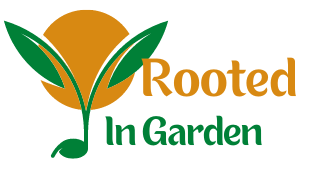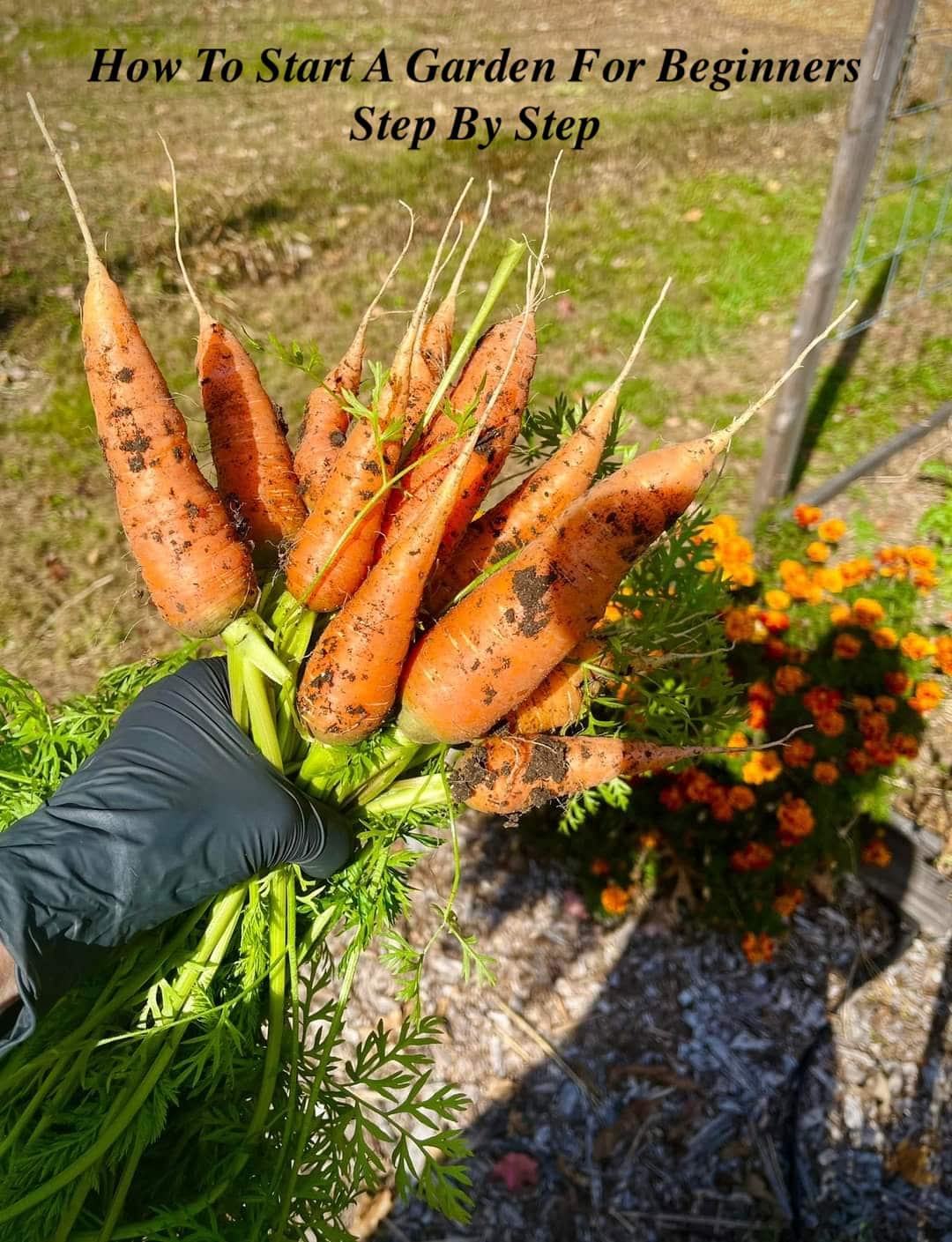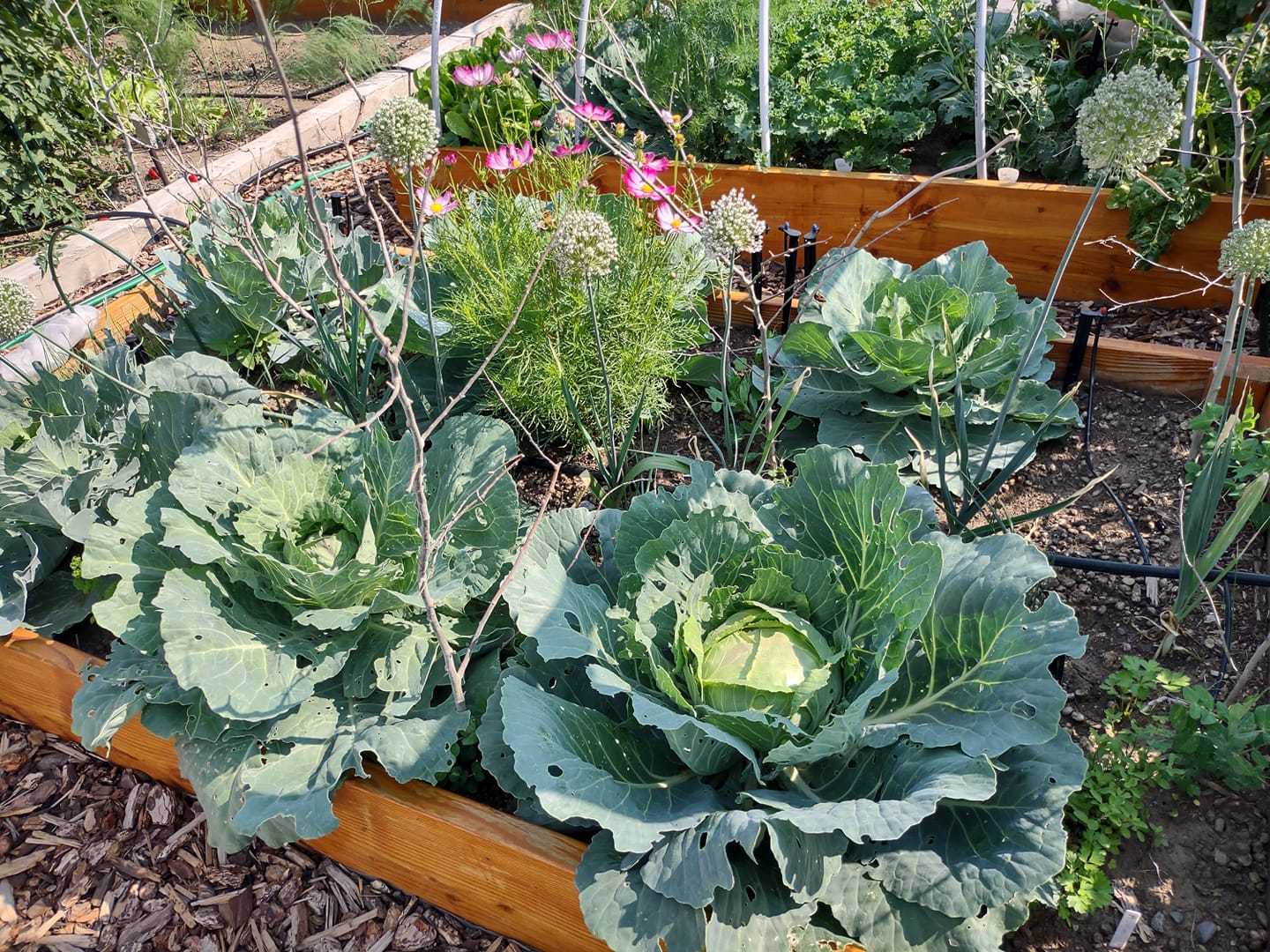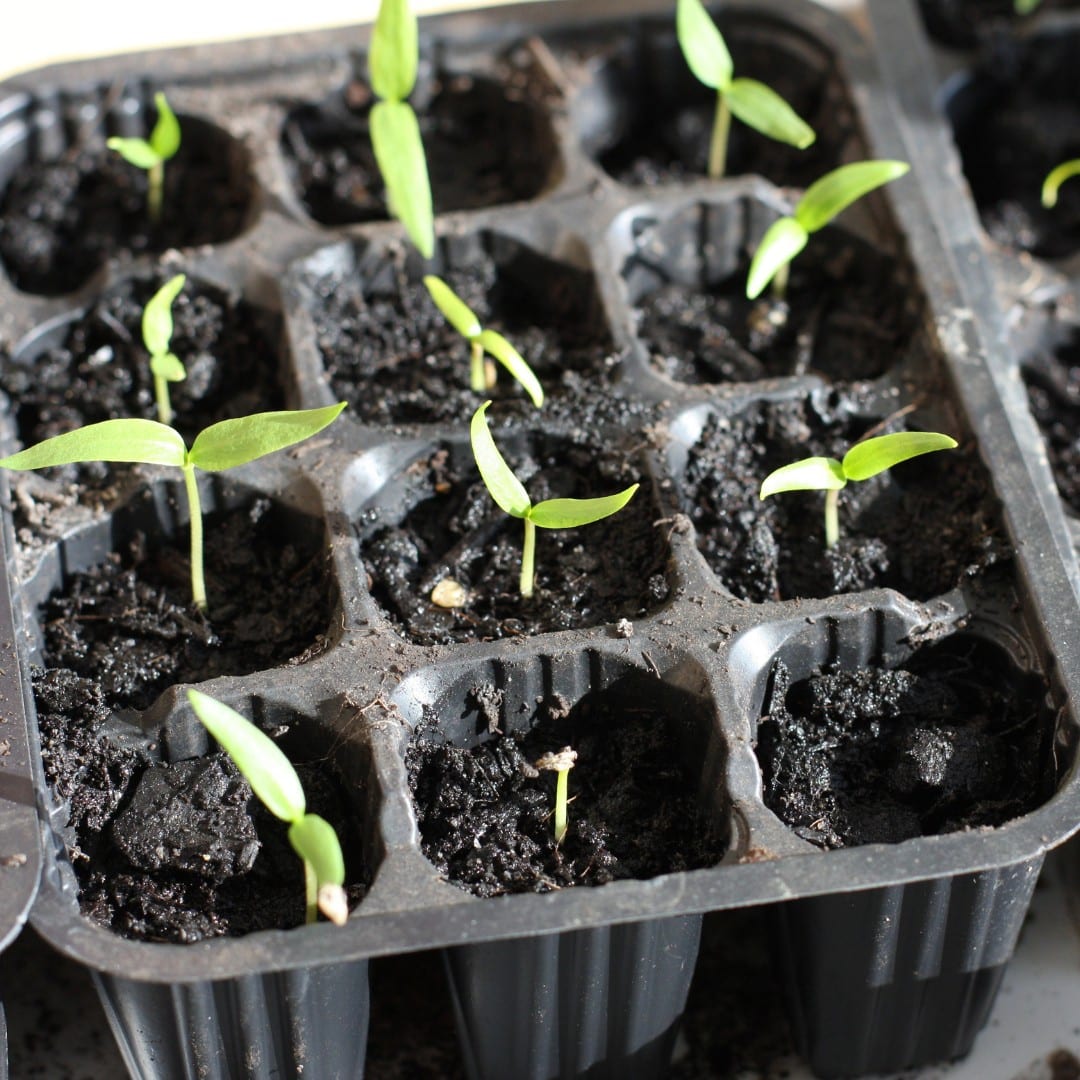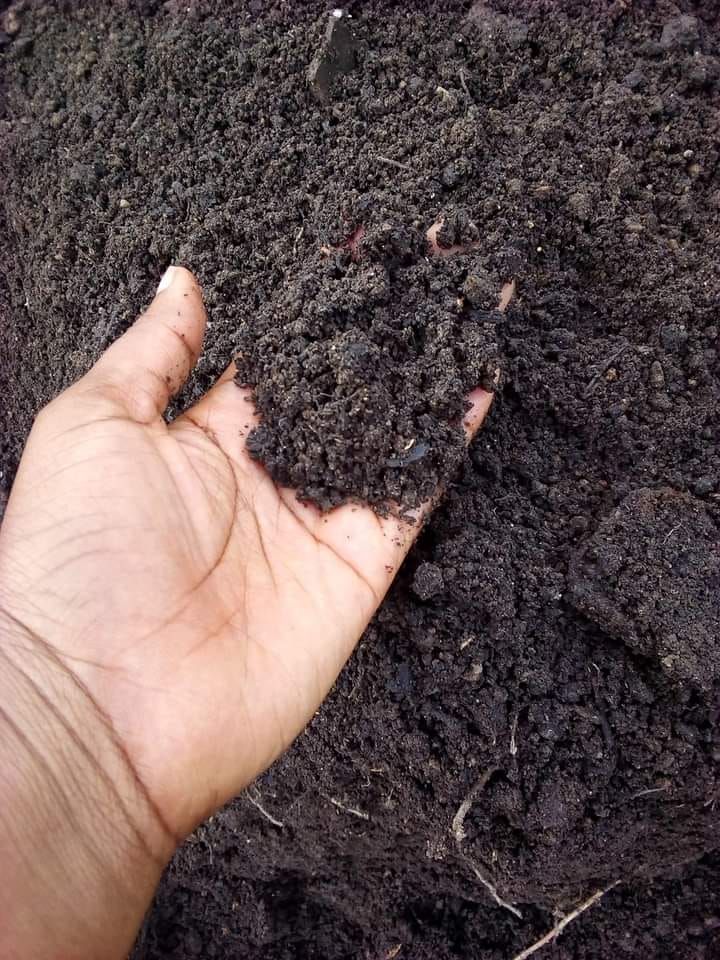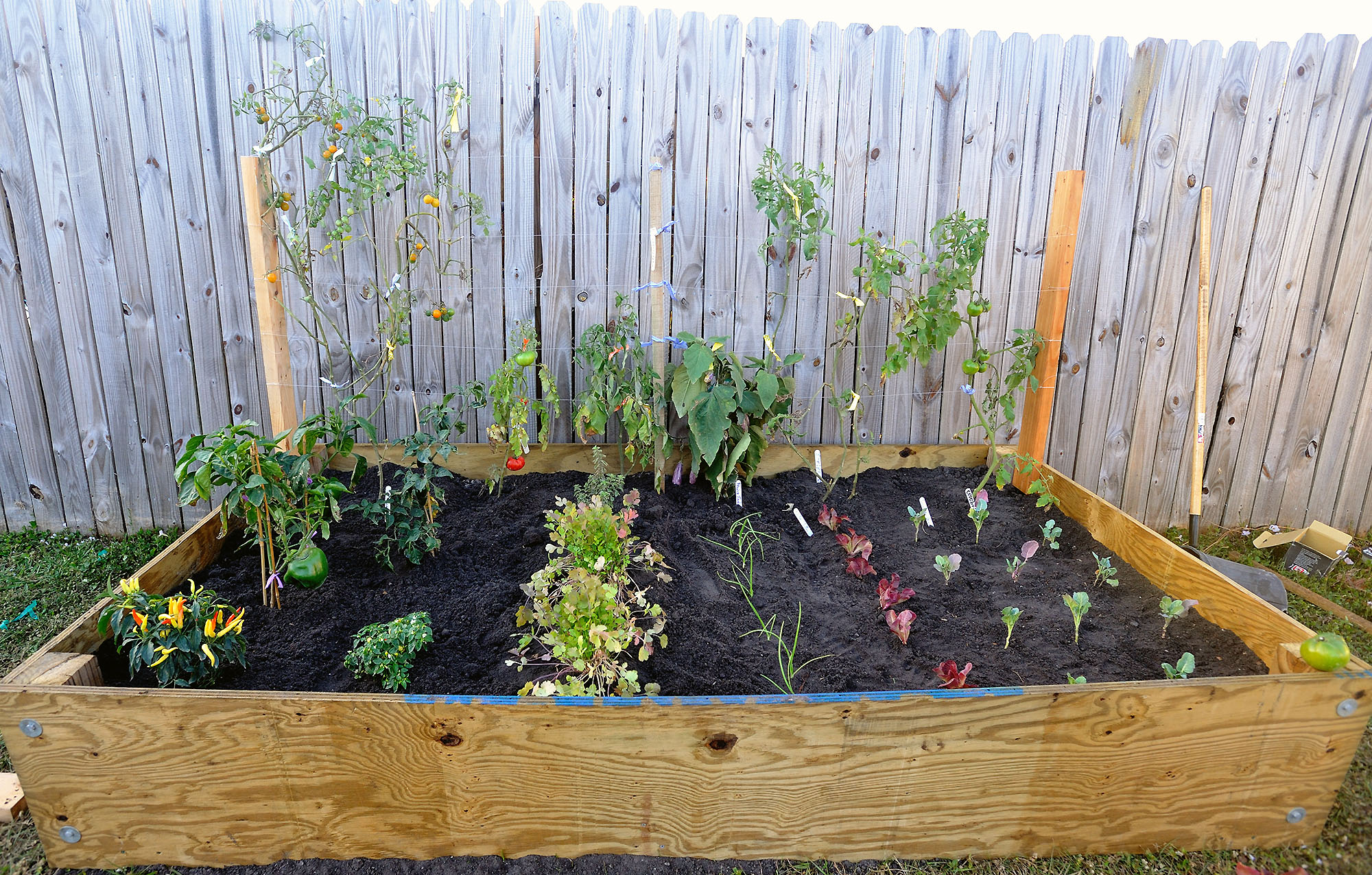Are you eager to dip your toes—or should I say, your hands—into the fulfilling world of gardening? You are in the right place. There are a plethora of reasons to start a garden, from growing your own vegetables and cultivating beautiful flowers to simply nurturing plant life.
While creating a garden from scratch is a highly rewarding journey, it takes work and dedication. If you are new to gardening, you may find the process daunting, but with a step-by-step approach, it becomes an enjoyable and fulfilling process.
Below is a comprehensive guide for everything you should know to start a garden.
How To Start A Garden For Beginners Step By Step
1. Determine Your Garden’s Purpose and Location
Planning is a fundamental step in establishing your dream garden, and the first step is defining your goals. Are you aiming for a vegetable patch, a serene flower garden, a mix of both, or perhaps an herb garden?
Reflect on your lifestyle and needs. If you’re keen on fresh produce, growing vegetables might be ideal. On the other hand, a flower or herb garden might suit you better if you seek a therapeutic space.
Once you know what you want to plant, determine your ideal garden size by considering your goals, the space at your disposal, and the time you’re able to invest into gardening.
Consider these when picking the location.
- Since most plants thrive in sunlight, pick a location that get sunlight at least 6-8 hours daily.
- Assess the soil quality and drainage.
- Ensure the garden is easily accessible for regular care.
2. Choose Your Preferred Garden Layout
This step allows you to visualize and organize your space effectively. You can opt for row gardening, raised beds, square foot gardening, companion planting, container planting, or keyhole gardening.
Plants are arranged in straight rows in row gardening. It facilitates easy access, maintenance, and harvesting but requires ample space and can be less visually diverse than other layouts.
Raised beds suit tiny spaces or poor soil conditions. They are easier to manage and maintain and facilitate better drainage, better soil control, and less soil compaction.
If you want to maximize planting area, minimize wasted space, and simplify crop rotation, choose square-foot gardening. In contrast, companion planting enhances biodiversity, reduces pest problems, and maximizes space usage.
Container gardening suits you if you want to establish a garden on your balcony or if the space is limited. The benefits of a keyhole garden are the efficient use of space, easy access, and the composting center enriches the soil.
Related Posts:
- Where To Find Free Containers For Gardening
- Fruits And Vegetables That Grow Well In The Shade
- 17 Plants That Don’t Need Much Sunlight
3. Choose Your Plants
Picking the right plants is a pivotal step that determines the success and enjoyment of your gardening journey. To ensure you get this right, understand your region’s USDA Hardiness Zone because it affects plant growth.
Also, consider incorporating native plants. They are adapted to your region’s conditions, often requiring less maintenance and water. Moreover, choose plants based on your garden’s sunlight exposure- full sun, partial sun, or shade.
Additionally, consider the soil quality, drainage, and pH levels.
Types of Plants
Annuals- These plants take a season to finish their life cycle and are great for adding seasonal color and variety.
Perennials- They offer lasting beauty and stability to your garden since they return year after year.
Vegetables and Herbs– Choose vegetables and herbs you enjoy eating and that suit your region’s growing season. Consider easy-to-grow options for beginners, like tomatoes, lettuce, basil, and mint.
Flowering Plants– Consider bloom times and colors when picking flowers to create a visually appealing garden throughout the seasons. Also, select a mix of flowers to attract pollinators and beneficial insects.
Make sure the plants you choose fit your garden’s size and layout- don’t overcrowd them. Always cross-reference plant requirements and local conditions within your zone for success.
Read More:
4. Seeds or Transplants?
The choice between seeds and transplants depends on your specific garden goals, available time, and comfort level with the gardening process.
Seeds
Seeds are generally more affordable than transplants, especially if you’re planting a large garden area. Also, with seeds, you can choose from numerous cultivars and plant types.
Pick seeds if you want complete control over the growing process, from germination to maturity. You will get the satisfaction of nurturing plants from their earliest stages and caring for them to maturity. Moreover, it offers a valuable learning experience, teaching about plant life cycles and cultivation.
Transplants
Since transplants are already partially grown, hence offer a head start to your gardening journey. It lowers the time from planting to harvest compared to seeds. There is also less risk with starting your garden with transplants as they are more resilient to certain challenges like adverse weather, pests, and diseases during their initial growth stages.
Choose transplants if you aim to establish your garden quickly and seek immediate aesthetics. In addition, some plants are best started as transplants due to longer maturation periods or sensitive growth requirements.
Note
The choice between seeds or transplants can depend on the type of plants you wish to plant. You may be better off directly sowing plants, like root vegetables or annual flowers from seeds. In contrast, plants like tomatoes or peppers can benefit from starting as transplants.
As a beginner, consider transplanting because it requires less meticulous care in the early stages. You can also use a mix of seeds and transplants. For instance, start some plants from seeds indoors to get a head start while planting others directly into the ground.
5. Get Essential Tools
You don’t need a lot of tools to start gardening, but here are a few helpful gardening tools.
- Hand trowel
- Pruning shears
- Garden gloves
- Rake
- Watering can or hose
- Garden cart or wheelbarrow
- Shovel or spade
- Garden knife
- Garden sprayer
- pH soil tester
6. Prepare The Soil
Healthy soil is crucial for plant growth. It contains important microbes that plants need to thrive, and the roots of the plant easily penetrate because healthy soil has the right structure and texture.
So, how do you ensure your garden soil is healthy? Conduct a soil test to know its pH level, structure, and nutrient content. Per your chosen plants’ requirements, add lime to increase pH or sulfur to reduce it.
Next, clear the planting area of rocks, weeds, and debris that might hinder plant growth. Loosen densely packed soil with a garden fork or tiller to boost drainage and aeration.
To boost soil fertility, improve the structure, and enhance water retention, incorporate organic matter into the soil. If necessary, replenish soil nutrients with organic fertilizers or compost. Also, level the soil surface and smooth out any bumps or uneven areas within the planting beds.
Mark the borders of the planting beds using stakes, strings, or garden hoses to create defined edges. You can also install edging materials like bricks, stones, or plastic edging to maintain bed boundaries and prevent soil erosion.
If you are growing plants in containers, select containers with drainage holes and purchase a high-quality potting mix.
Read More: Best Vegetables For Container Gardening
7. Plant Your Garden
Seed Planting
Check the seed packets for instructions on spacing and planting depth. Plant seeds at a depth of about 2-3 times their diameter. Larger seeds typically require deeper planting.
Use a trowel, hoe, or your finger to create furrows or holes in the soil for sowing seeds. Next, place the seeds in the furrows, then delicately bury them with soil, giving a gentle pat to ensure they make good contact with the soil surface.
Transplanting
Transplant your seedlings once they have developed a robust root system but are not root-bound. To minimize transplant shock, thoroughly hydrate the plants a day or two prior to transplanting. Dig holes in the transplanting area wide and deep enough to avoid crowding or bending the roots.
After that, gently remove the transplant from its container, place it in the hole at the same depth it was growing in the original container, then fill the hole with soil around the root ball, gently firming it to remove air pockets.
Note
Water the transplanted plants or the seeded areas immediately after planting.
8. Caring For A New Garden
- Water newly planted plants deeply and regularly, especially during their first few weeks. As the plants establish themselves, adjust watering based on their specific needs.
- Apply organic mulch around your plants.
- Regularly inspect plants for pests, diseases, or unusual symptoms and address issues promptly to prevent spread.
- Train climbing plants to grow on supports. Also, provide support like stakes, cages, or trellises for tall or vine plants to prevent bending or breaking.
- Take out weeds regularly.
Read More: Vegetables You Can Grow From Scraps
- Consider periodic soil testing and amendments to maintain soil fertility.
- Regularly observe your garden for changes, plant growth, and signs of stress or deficiencies. Adjust care routines based on plant responses, weather changes, or any other specific requirements as the plants grow.
- Remove dead or diseased plant parts to encourage healthy growth. Deadhead flowers to promote continuous blooming.
Summary
Every action, starting with choosing the perfect location and planting the seeds, all the way to caring for the plants, adds to a fulfilling, beautiful, and rewarding experience. So, embrace the process, adapt to challenges, and revel in the joy that each blossom and harvest brings.

Hey there, fellow plant enthusiasts! I’m Rachel, the green-thumbed writer behind Rooted In Garden. With a deep-rooted love for all things botanical, I’ve made it my mission to help you cultivate a thriving collection of houseplants. As a devoted plant parent myself, I understand the joys and challenges that come with nurturing these leafy wonders. Whether you’re a succulent aficionado, an orchid enthusiast, or simply adore all potted flora, join me on this journey as we explore the secrets to growing and caring for our beloved green companions. Together, let’s create a flourishing oasis indoors.
